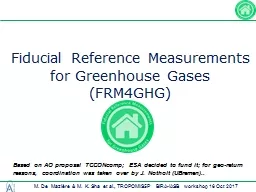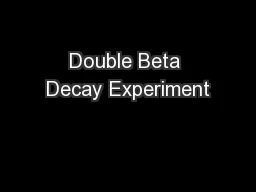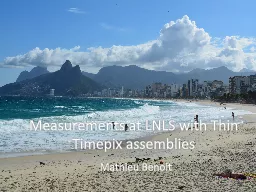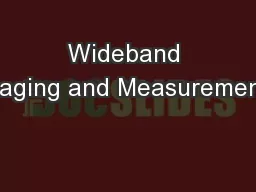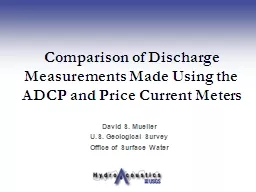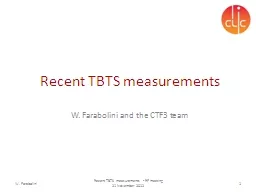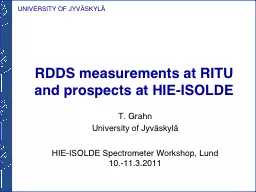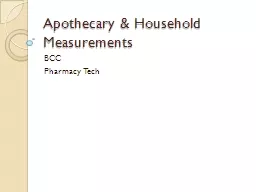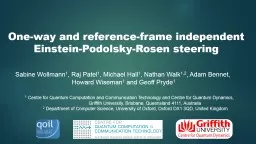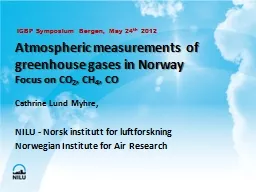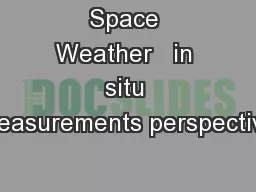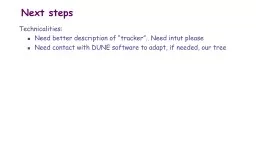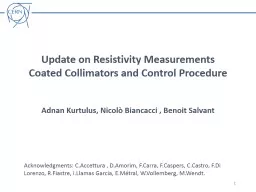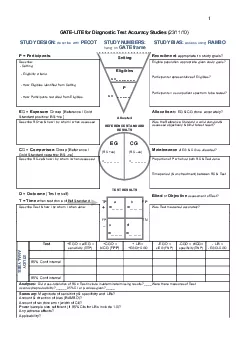PPT-Fiducial Reference Measurements
Author : finestlaxr | Published Date : 2020-11-06
for Greenhouse Gases FRM4GHG Based on AO proposal TCCONcomp ESA decided to fund it for geo return reasons coordination was taken over by J
Presentation Embed Code
Download Presentation
Download Presentation The PPT/PDF document "Fiducial Reference Measurements" is the property of its rightful owner. Permission is granted to download and print the materials on this website for personal, non-commercial use only, and to display it on your personal computer provided you do not modify the materials and that you retain all copyright notices contained in the materials. By downloading content from our website, you accept the terms of this agreement.
Fiducial Reference Measurements: Transcript
Download Rules Of Document
"Fiducial Reference Measurements"The content belongs to its owner. You may download and print it for personal use, without modification, and keep all copyright notices. By downloading, you agree to these terms.
Related Documents

